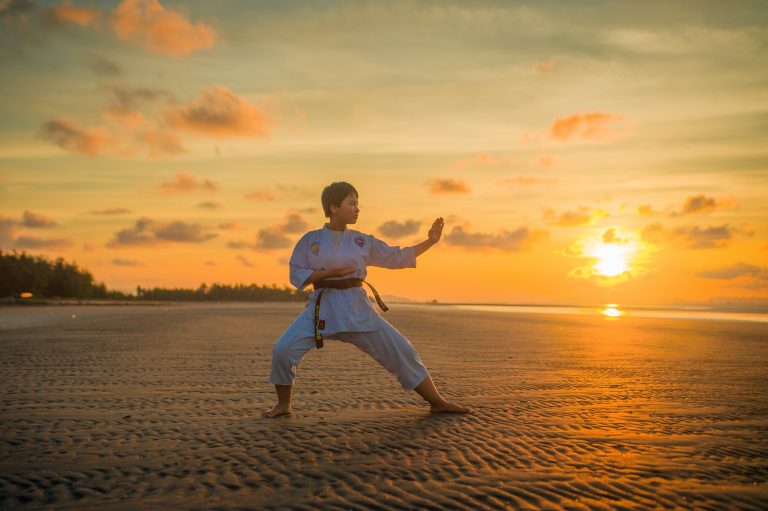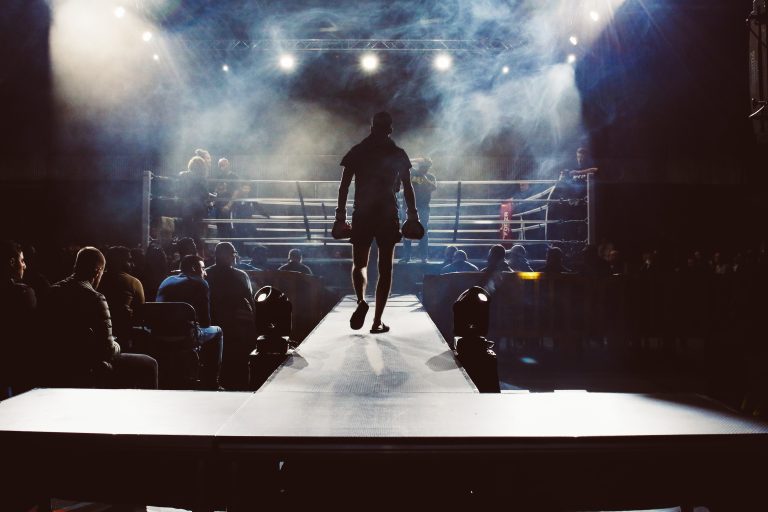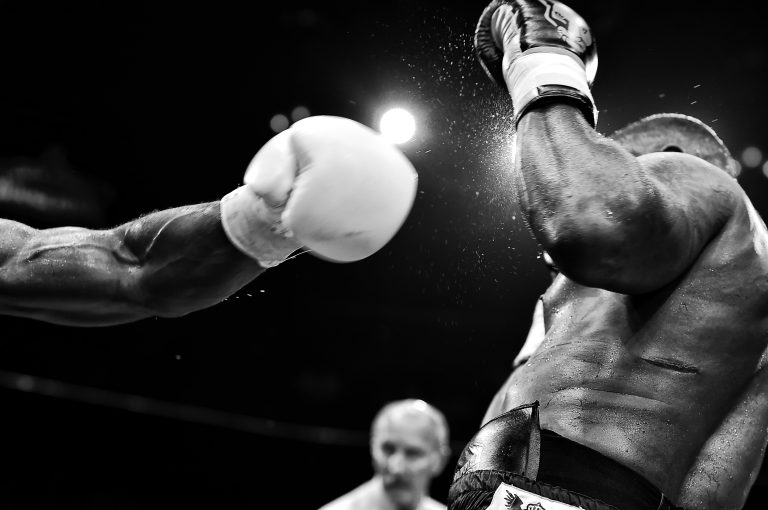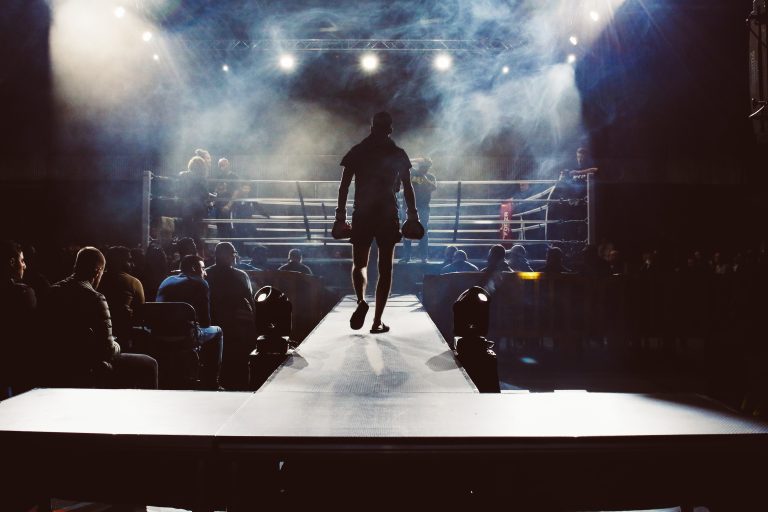Can Karateka Learn More Than One Style?
Karate is a martial art that originated in Okinawa, Japan. It has since become a popular sport and form of exercise around the world. Karate consists of various styles, and each style has its unique techniques and forms.
Traditionally, Karateka (practitioners of karate) would focus only on one style and work to perfect their skills within that style. However, as karate gained popularity around the world, many practitioners began to experiment with other styles.
So, can Karateka learn more than one style? The answer is yes, but it is essential to approach the process with care and caution.
Learning a new martial arts style can be challenging. It requires dedication, hard work, and an open mind. If you are serious about expanding your knowledge and skills, you should consider taking the following steps:
1. Choose Complimentary Styles
When choosing a new style to learn, it is essential to look for ones that complement your current skills. For example, if you are proficient in a striking-based karate style, you may want to consider learning a grappling-based style to balance your skills.
2. Find a Qualified Instructor
Learning a new style requires a qualified instructor who can teach you the proper techniques and forms. Look for an instructor who is experienced in teaching the style you want to learn and has a solid reputation within the martial arts community.
3. Be Respectful and Mindful
When learning a new style, it is essential to be respectful and mindful of the traditions and culture behind it. Take the time to learn about the history and values of the new style and approach it with an open mind.
4. Practice Consistently
Learning a new style requires consistent practice, so be prepared to dedicate time and effort to it. Avoid jumping between styles too quickly, as this can make it challenging to develop a solid foundation in any of them.
Conclusion
In conclusion, Karateka can learn more than one style, but it is essential to approach the process with care and caution. By choosing complementary styles, finding a qualified instructor, being respectful, and practicing consistently, you can expand your knowledge and skills in a safe and effective manner. Remember, always approach the learning process with an open mind and a willingness to grow and improve.
Can Karateka Learn More Than One Style?
Karate is a popular martial art form known for its dazzling moves, powerful blows, and self-defense capabilities. Many Karateka train in a single style of Karate for years, mastering its techniques and becoming skilled practitioners. However, as they advance in their learning journey, they may wonder if learning more than one style of karate would be beneficial. In this blog, we will explore some frequently asked questions regarding whether Karateka can learn more than one Karate style and the advantages and disadvantages of doing so.
What does it mean to learn more than one Karate style?
Before we explore the benefits and drawbacks of learning more than one Karate style, we first need to understand what it means. Karate is a diverse martial art with several styles, such as Shotokan, Goju-ryu, Wado-ryu, Shito-ryu, and more. Each Karate style has its unique training methods, techniques, forms, and kata. Some schools or organizations teach multiple Karate styles under one roof, while others specialize in a single style. Learning more than one Karate style means that a Karateka trains in two or more different styles, either simultaneously or consecutively, to expand their knowledge and refine their skills.
What are the benefits of learning more than one Karate style?
There are several benefits to learning more than one Karate style, including:
1. Versatility and Adaptability
Learning more than one Karate style can make Karateka more versatile and adaptable to different situations. Different Karate styles have unique approaches to techniques, strategies, and footwork. By learning more than one style, Karateka can broaden their range and choose the most effective technique to counter a particular attack or opponent. They can also adapt to different learning environments, training partners, or competitions that might demand a specific style or combination of styles.
2. Infusing Creativity and Innovation
Learning more than one Karate style can also enhance a Karateka’s creativity and innovation. Different Karate styles have their own versions of katas, techniques, and forms. By learning diverse styles, a Karateka can come up with new and unique combinations of the techniques, creating personalized routines that reflect their style and personality. They can also experiment with different angles, grips, timing, and ranges, making their moves more unpredictable and powerful.
3. Broadening Knowledge and Learning Opportunities
Learning more than one Karate style can expand a Karateka’s knowledge and learning opportunities. Different Karate styles have different origins, philosophies, practitioners, and techniques. By learning more than one style, a Karateka can gain a deeper understanding of the martial art’s history, traditions, and principles. They can also learn from different teachers, schools, or organizations, each providing a unique perspective and approach to training.
What are the disadvantages of learning more than one Karate style?
As much as there are benefits to learning more than one Karate style, there are also some drawbacks to consider. Here are a few to keep in mind:
1. Confusion and Overload
Learning more than one Karate style can be confusing and overwhelming for beginners. Different Karate styles have different stances, strikes, and footwork, which can conflict in the Karateka’s mind, causing confusion and overload. They may also struggle to keep up with the different terminology, names, and forms, leading to frustration and discouragement.
2. Conflict of Styles and Techniques
Learning more than one Karate style can cause a conflict of styles and techniques. Different Karate styles have different approaches to techniques, strategies, and forms. Some styles emphasize speed, while others focus on power. Some styles use low stances, while others prefer higher stances. If a Karateka learns multiple styles, they may struggle to find a balance between them, leading to inconsistency and confusion.
3. Dilution of Training and Mastery
Learning more than one Karate style can dilute a Karateka’s training and mastery. It takes years of dedication and hard work to master a single Karate style, and learning more than one style can spread thin the Karateka’s focus, time, and energy. They may also struggle to progress in either style, as each style requires continuous practice and refinement to excel.
Conclusion
In summary, learning more than one Karate style can have several advantages and disadvantages. It can increase a Karateka’s versatility, creativity, and knowledge, but also cause confusion, conflict, and dilution of training. Therefore, the decision to learn more than one Karate style should depend on the Karateka’s goals, interests, and dedication. If they have a clear purpose and passion for expanding their skills and knowledge, learning more than one Karate style can be a valuable addition to their training. However, if they prefer to focus on mastering a single style, that’s perfectly fine too. Whatever the decision, the most important thing is to stay dedicated, consistent, and open-minded to learn and grow as a Karateka.
Inhaltsverzeichnis





